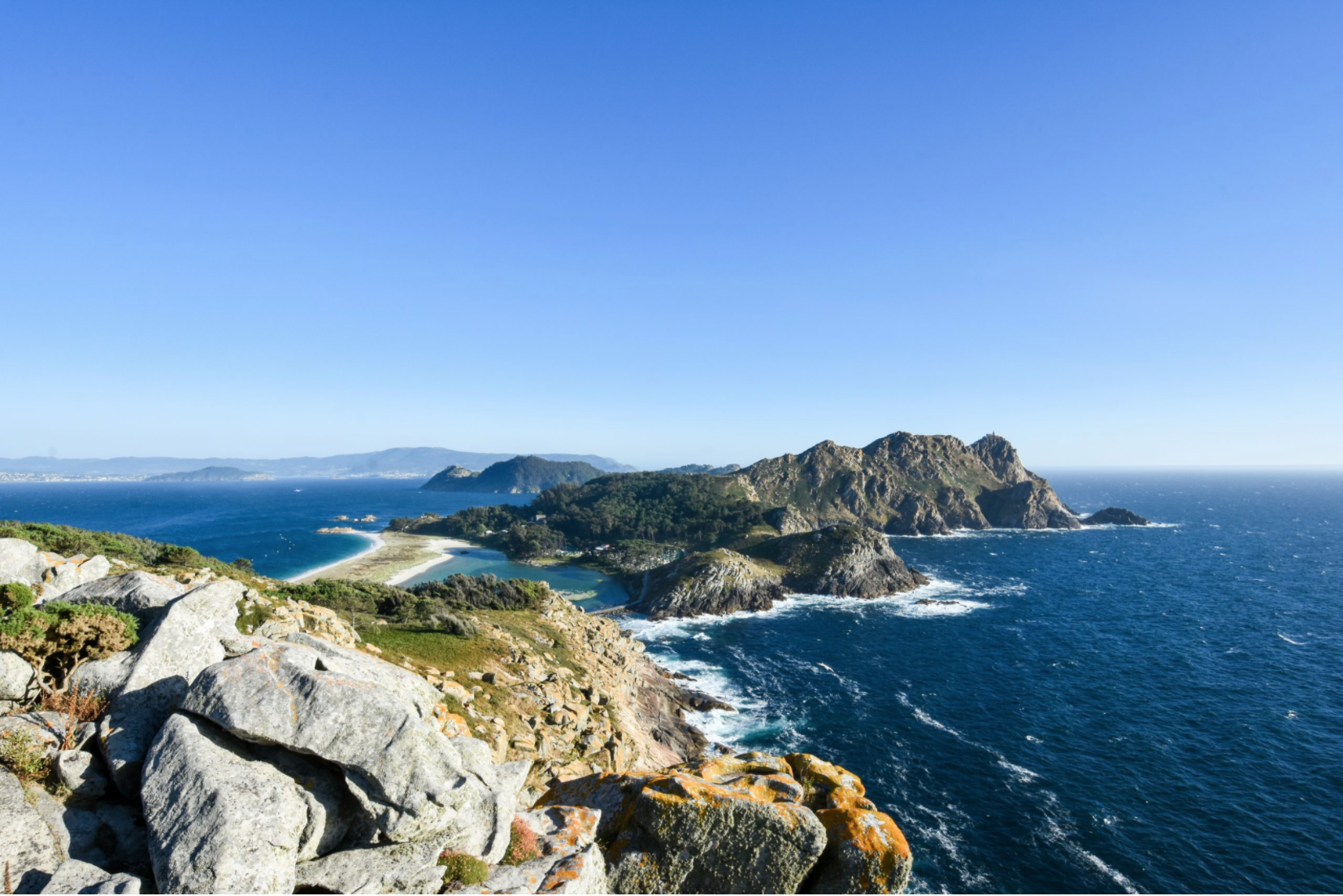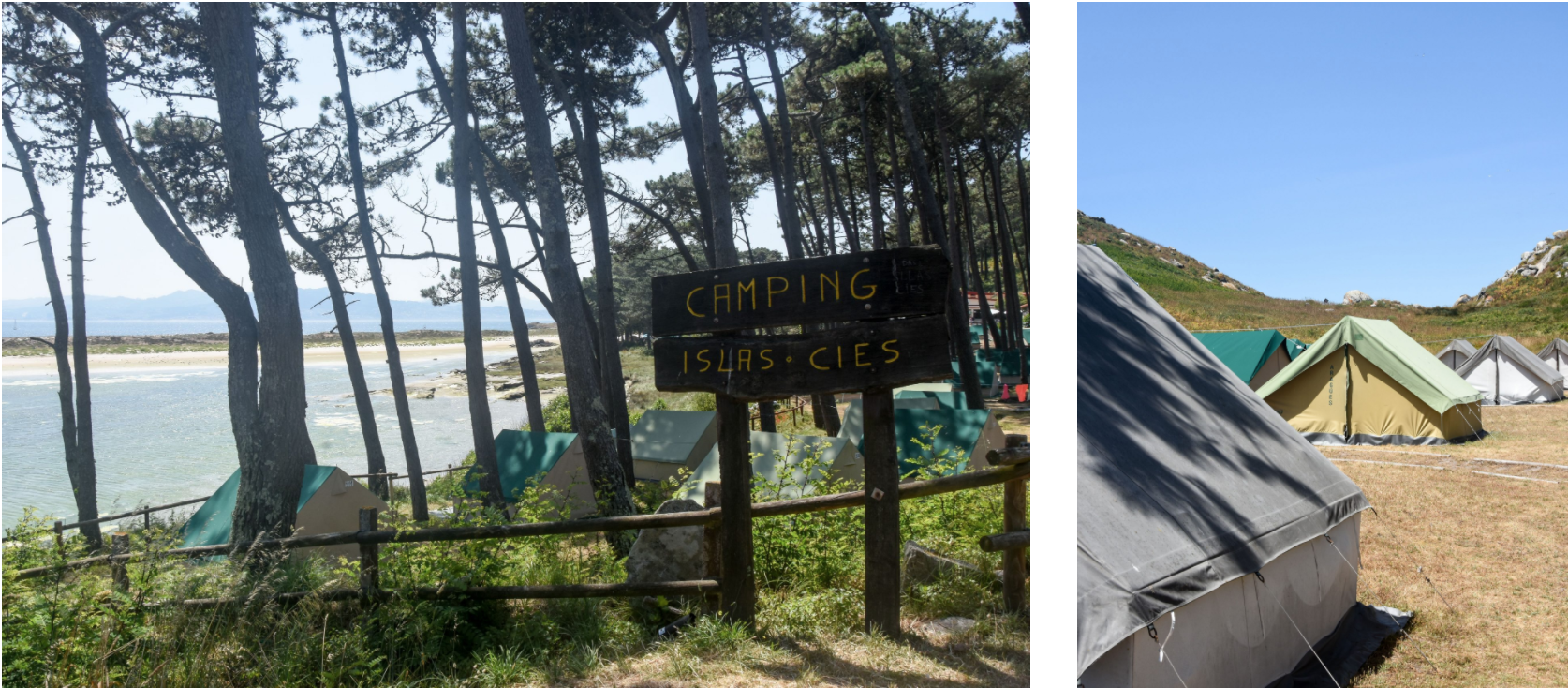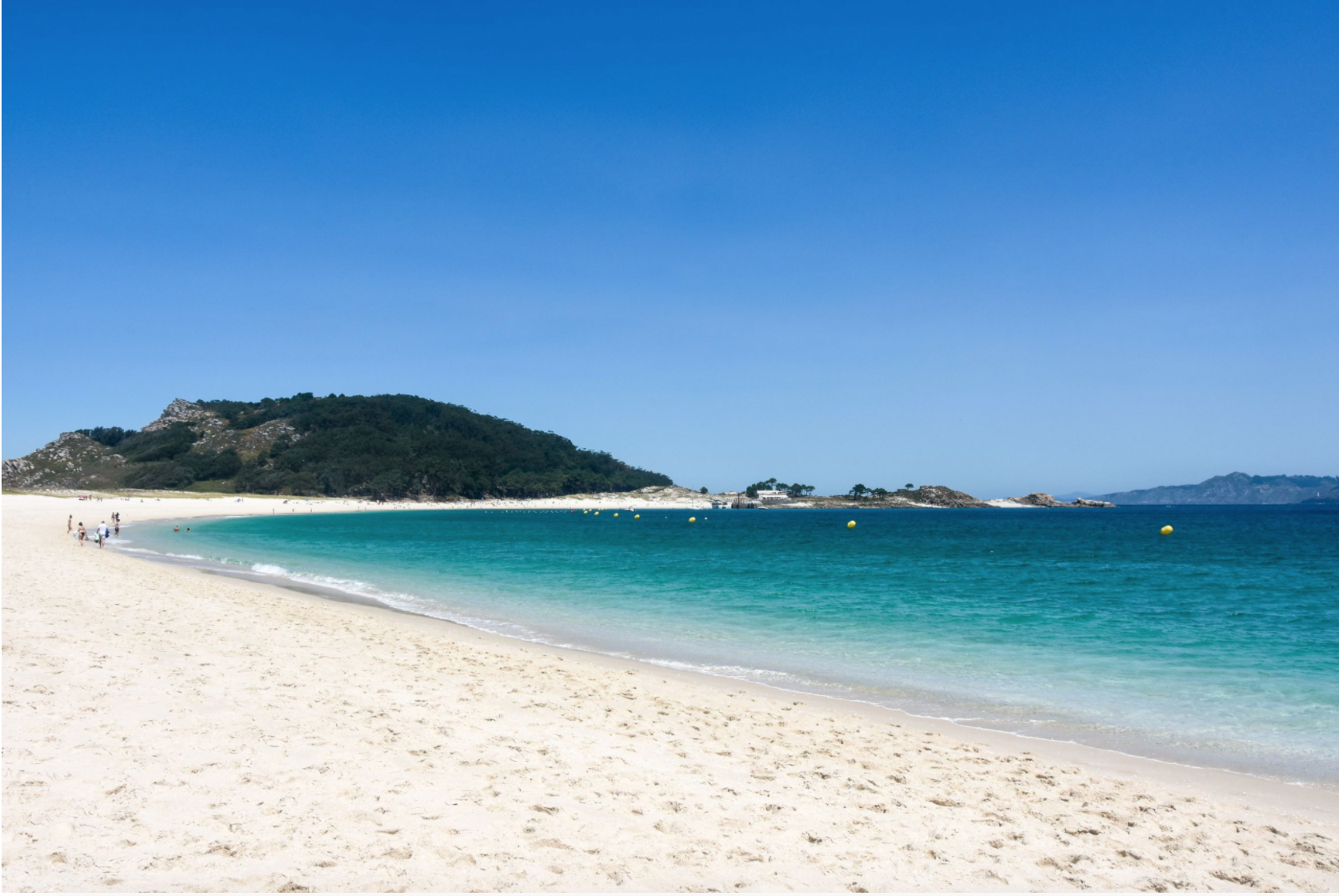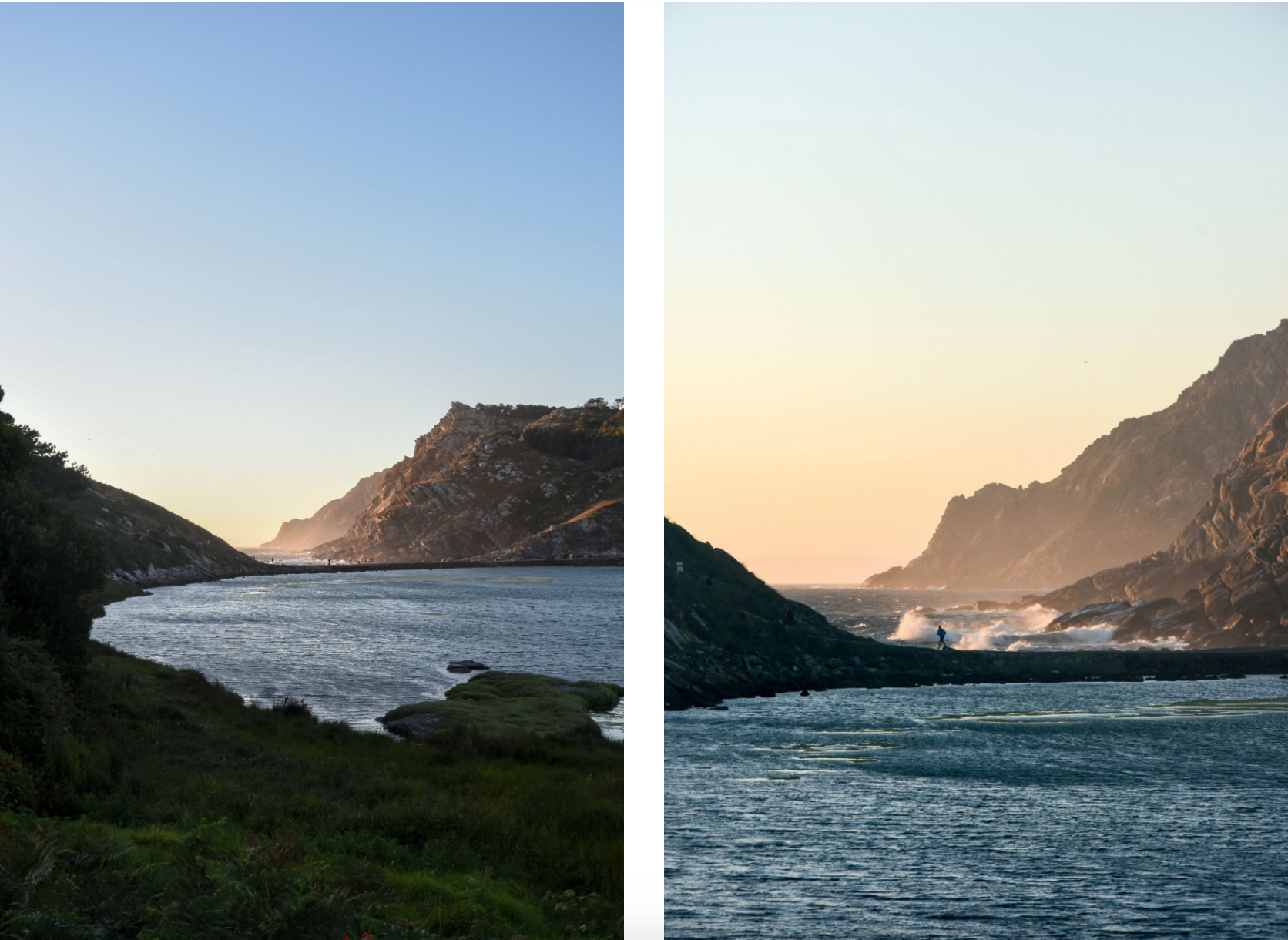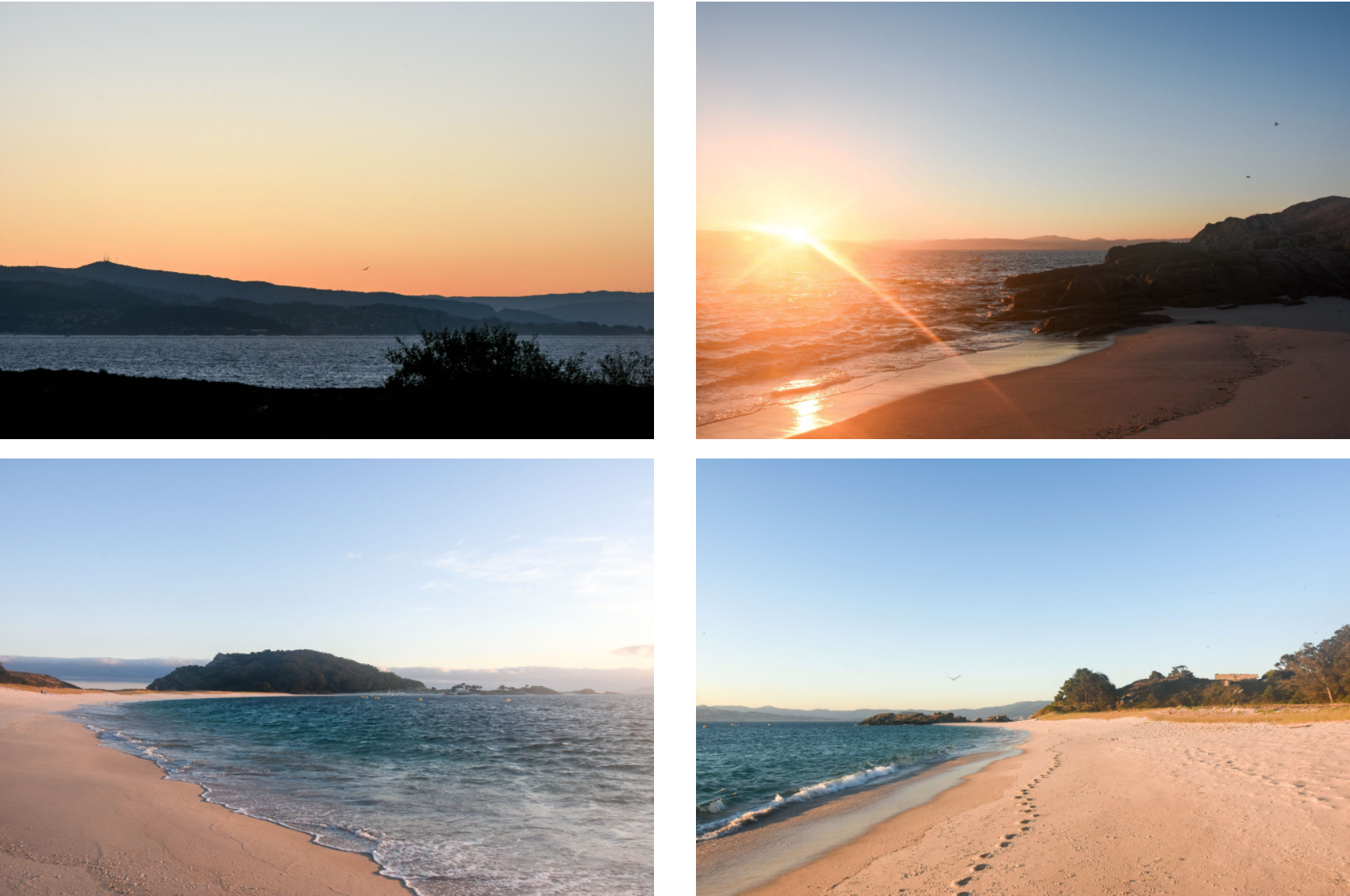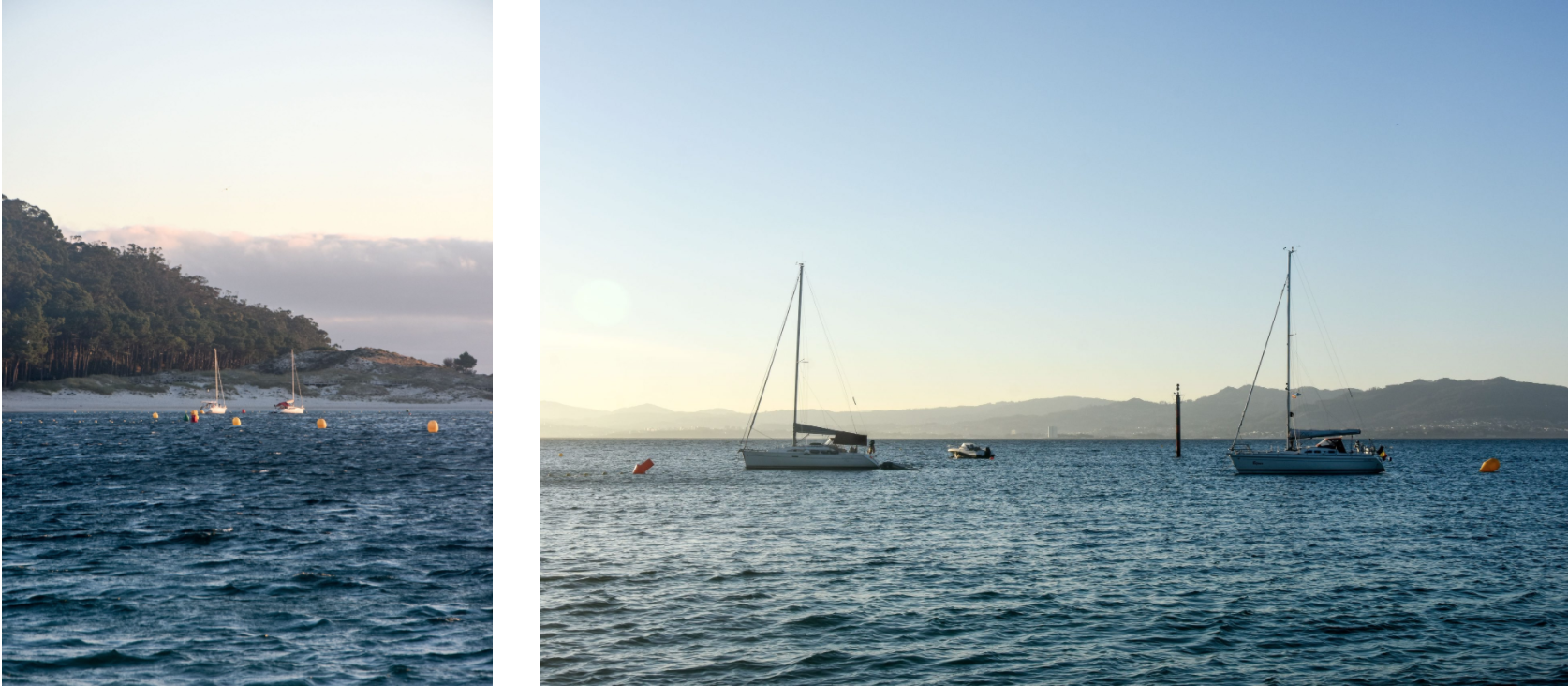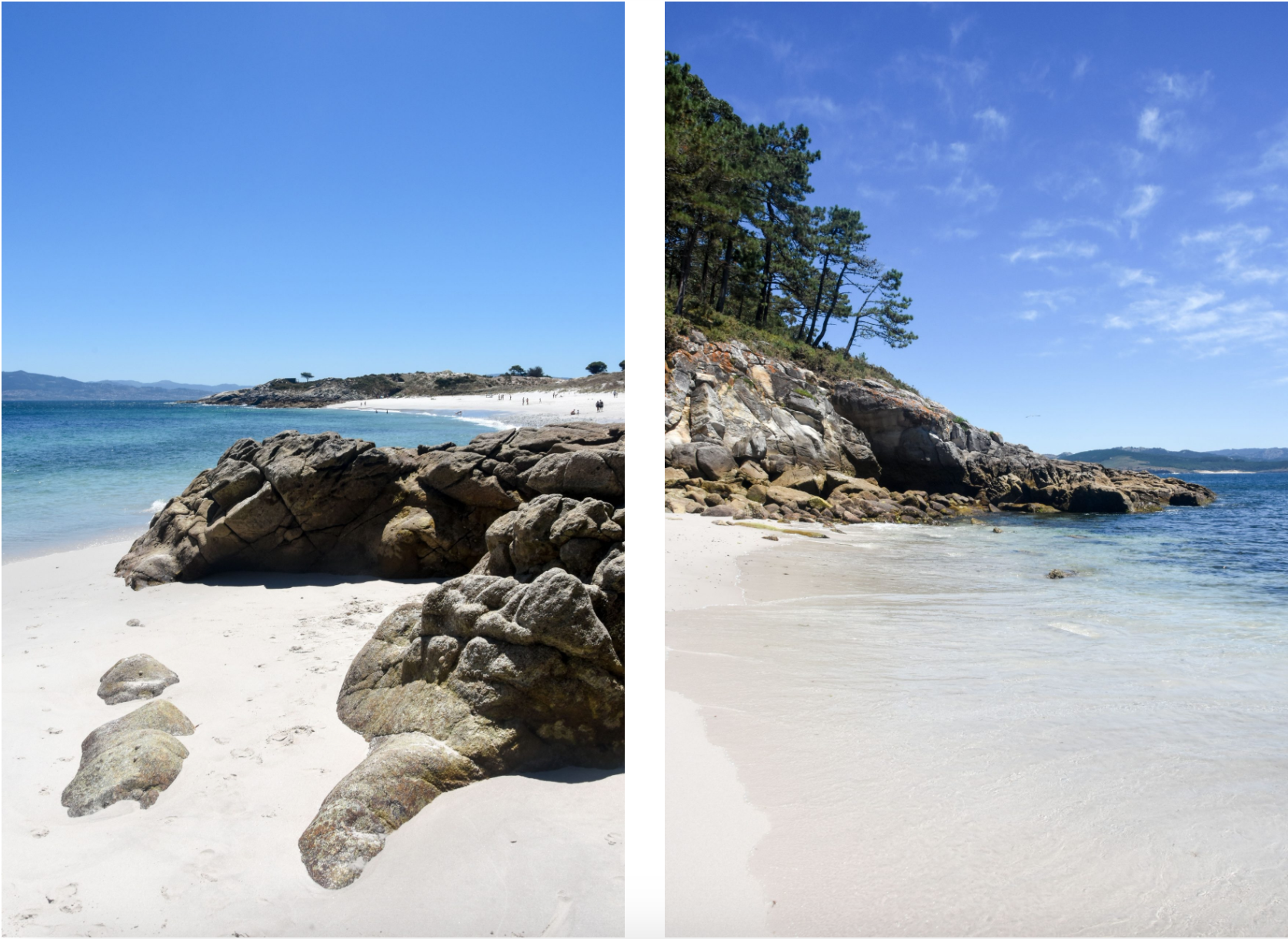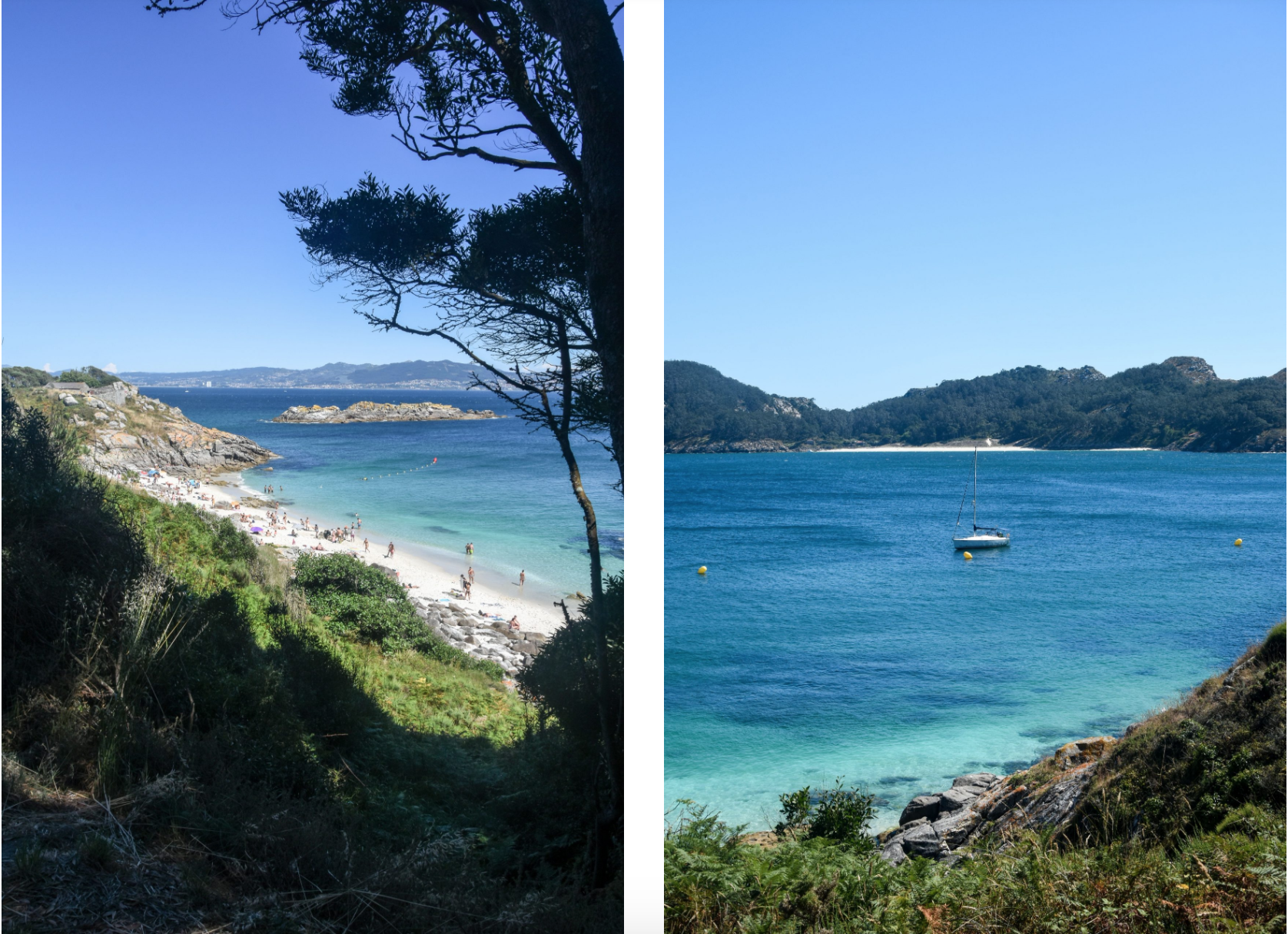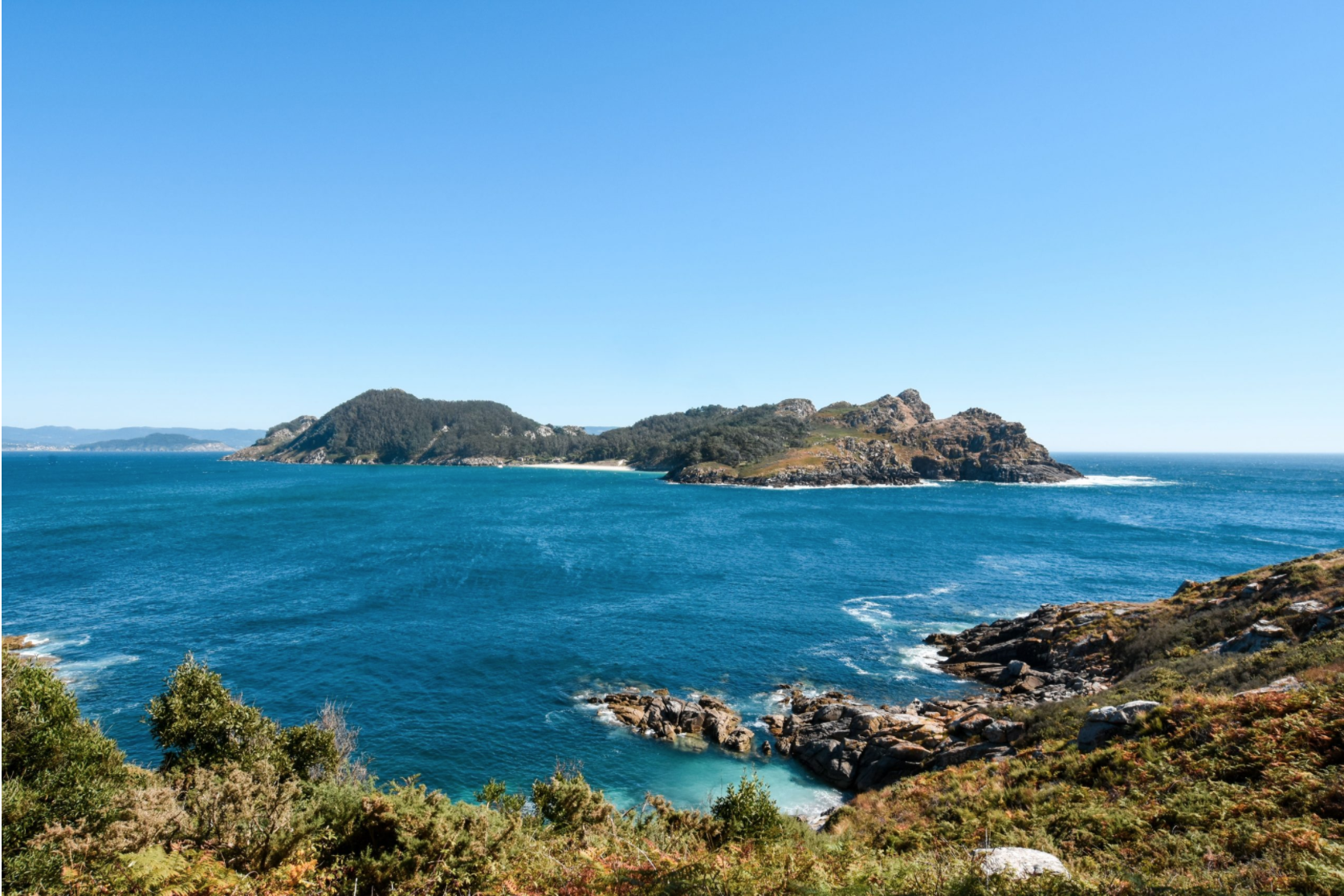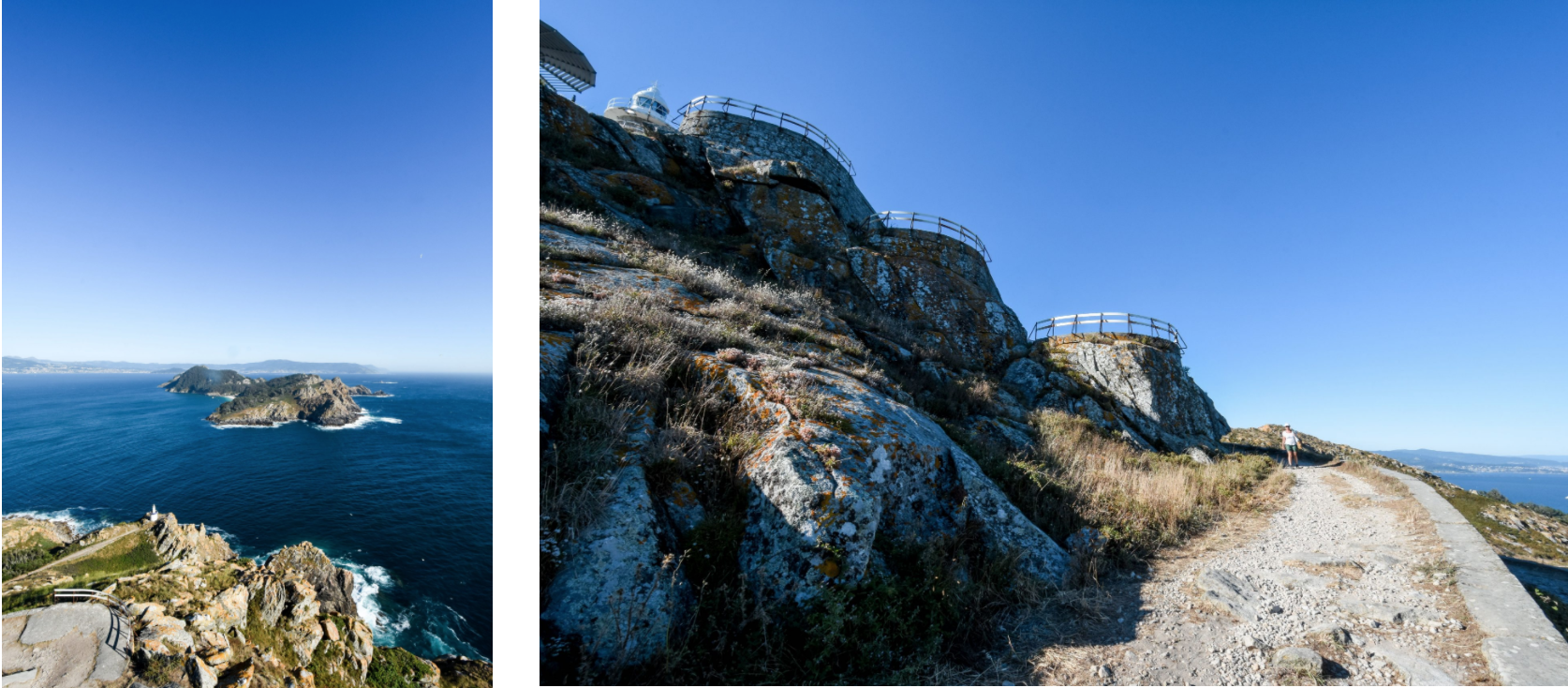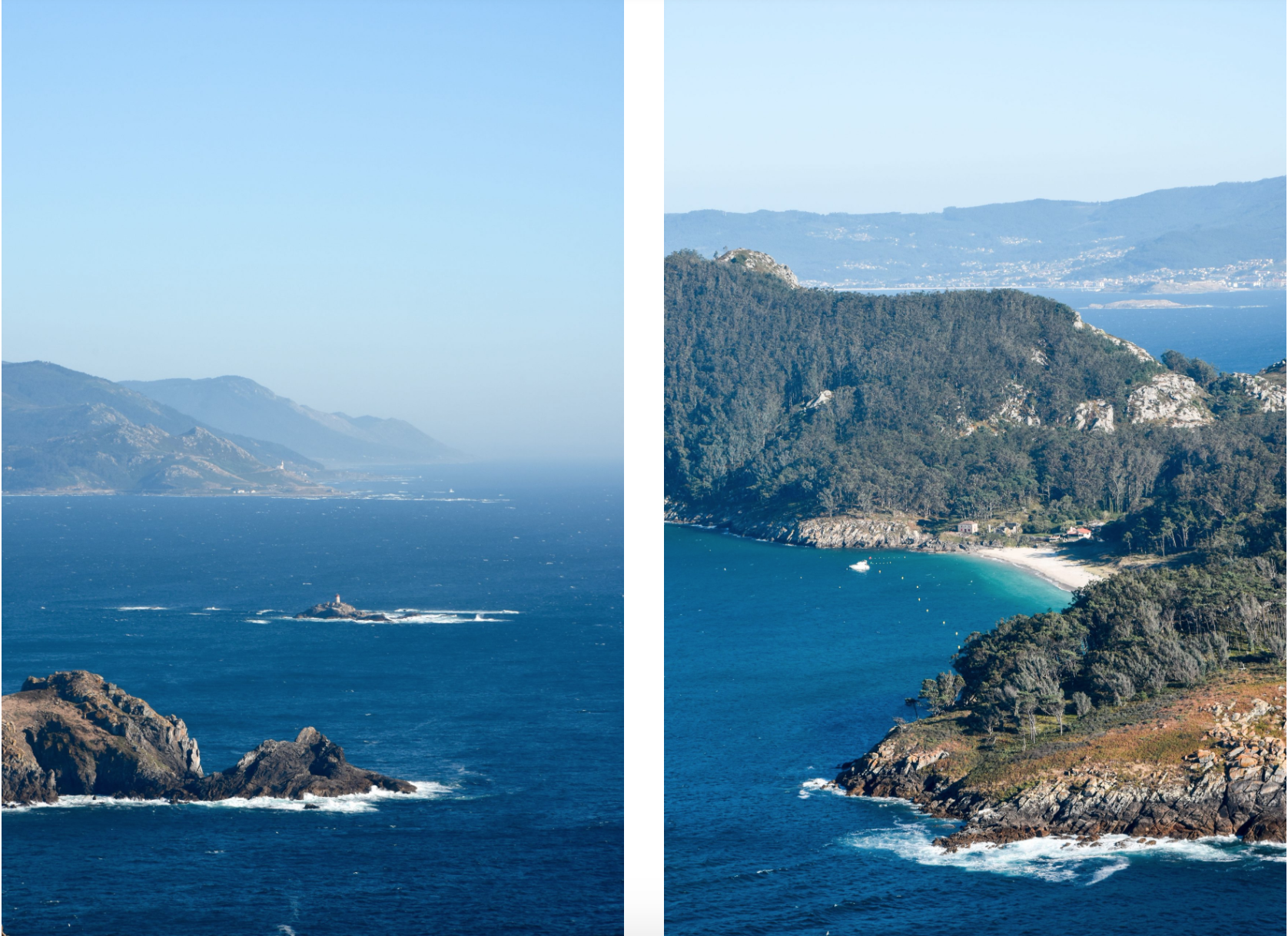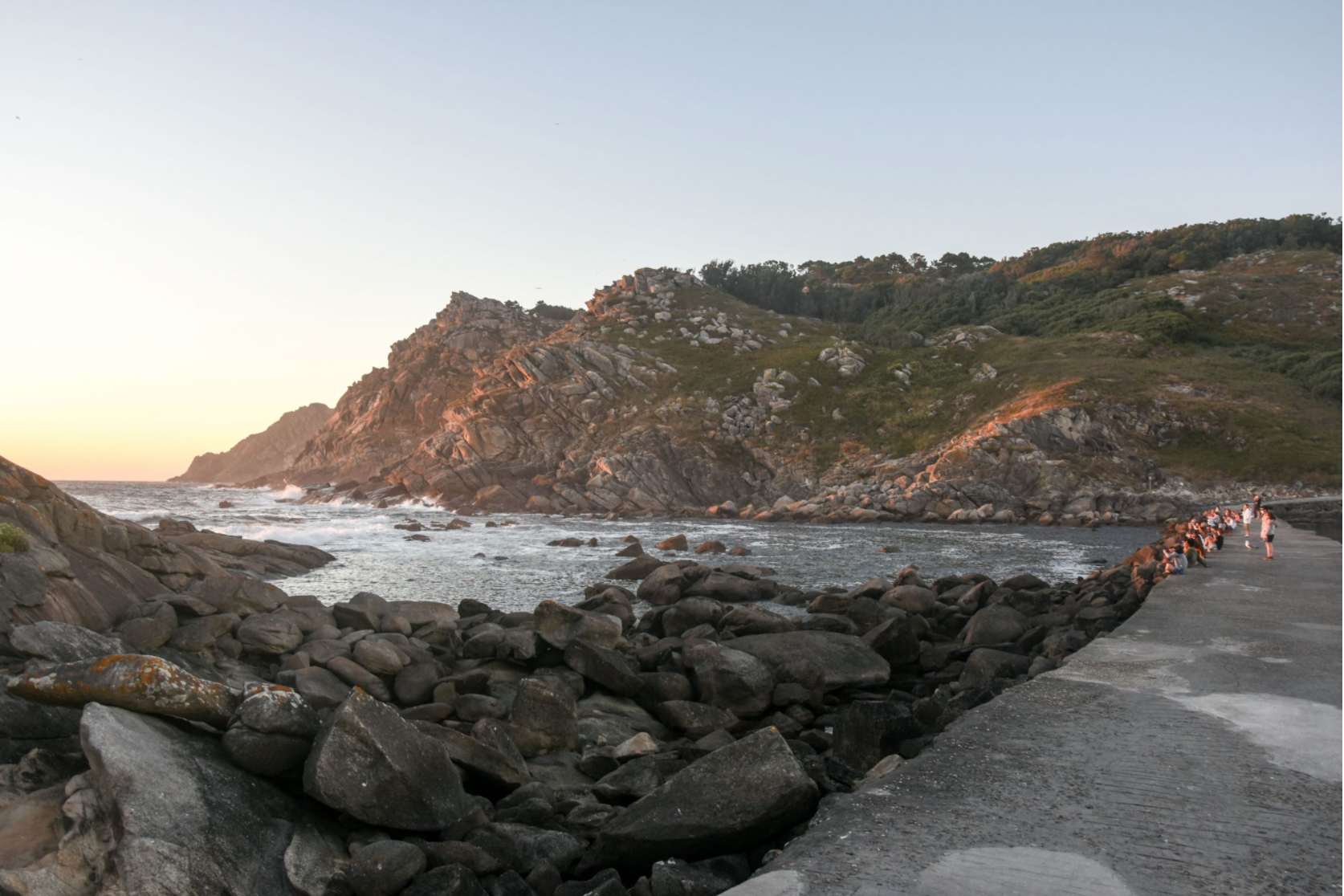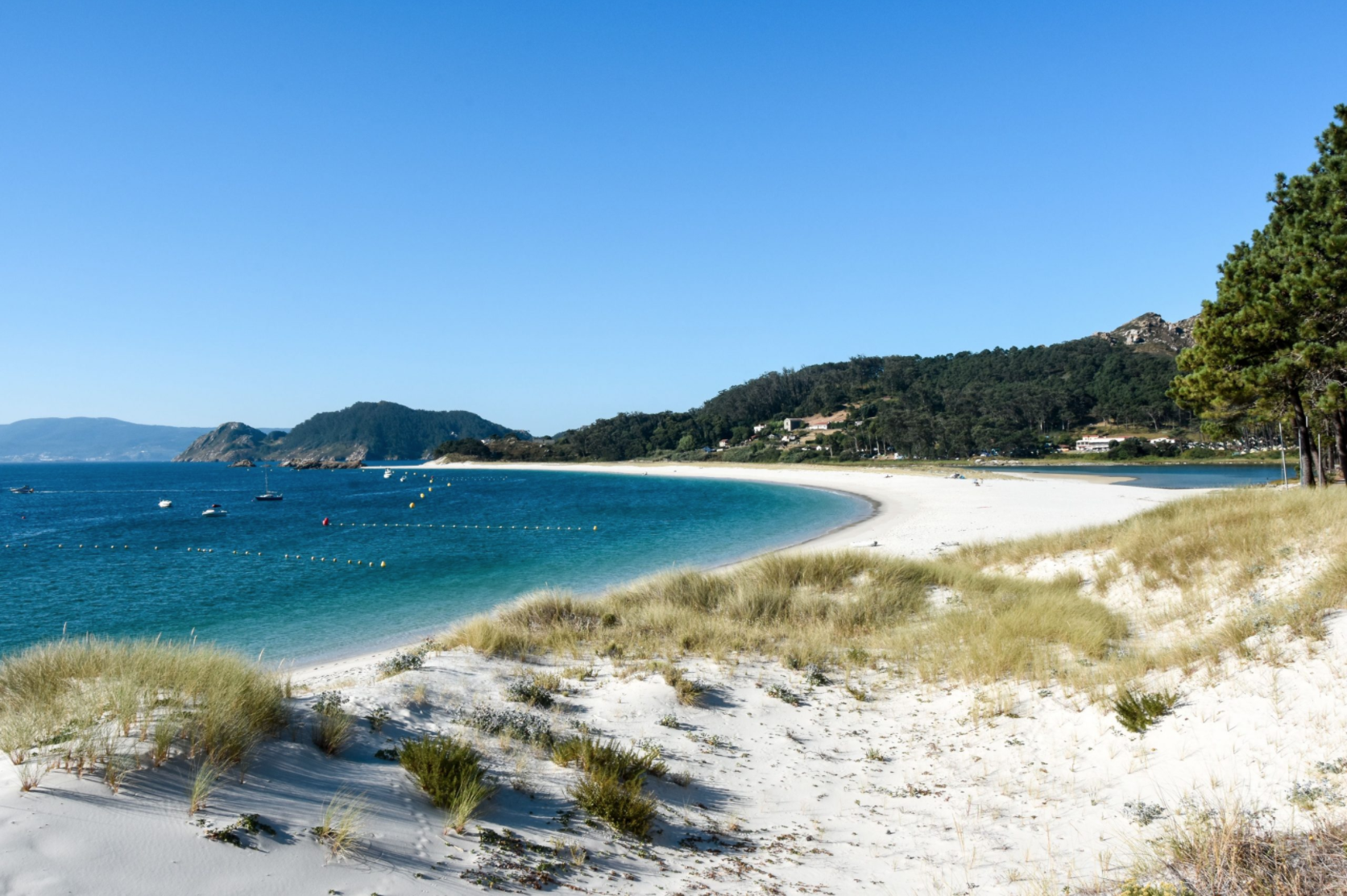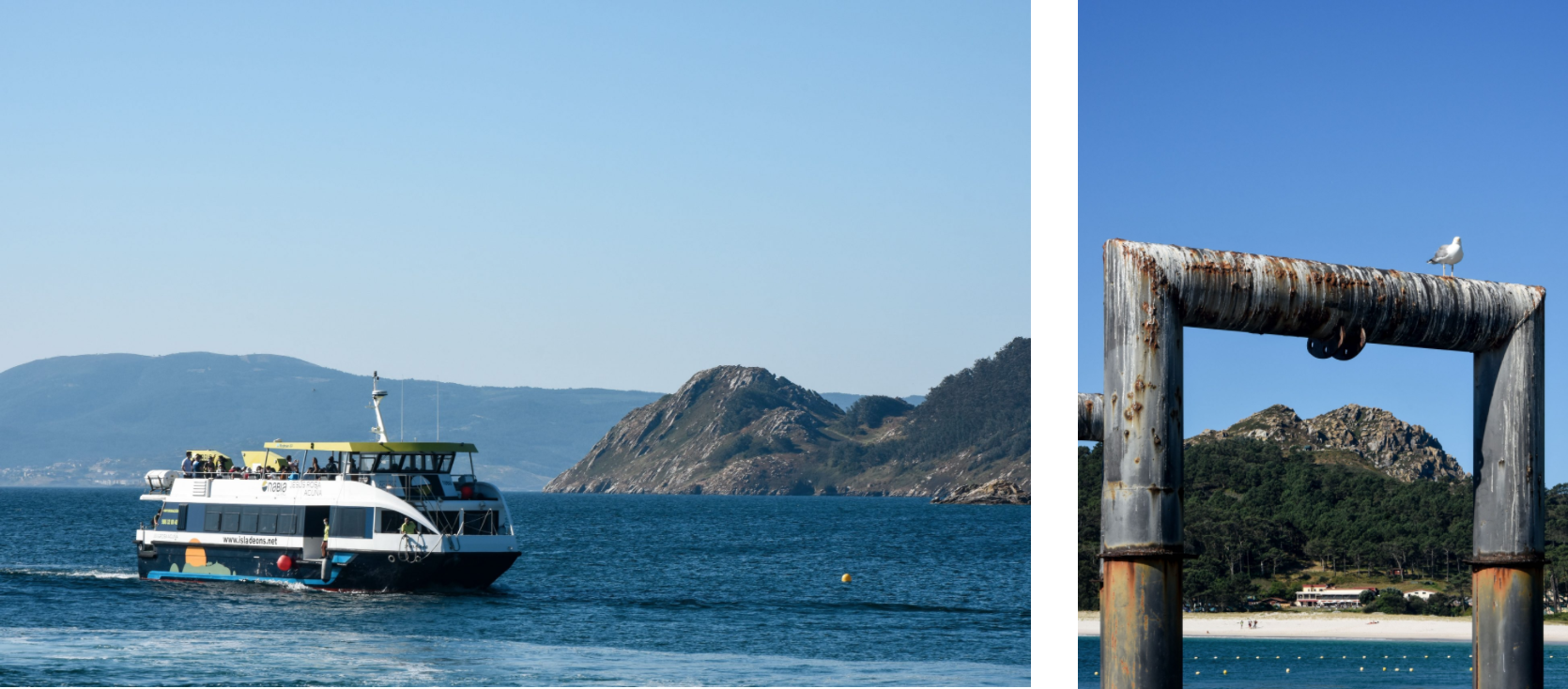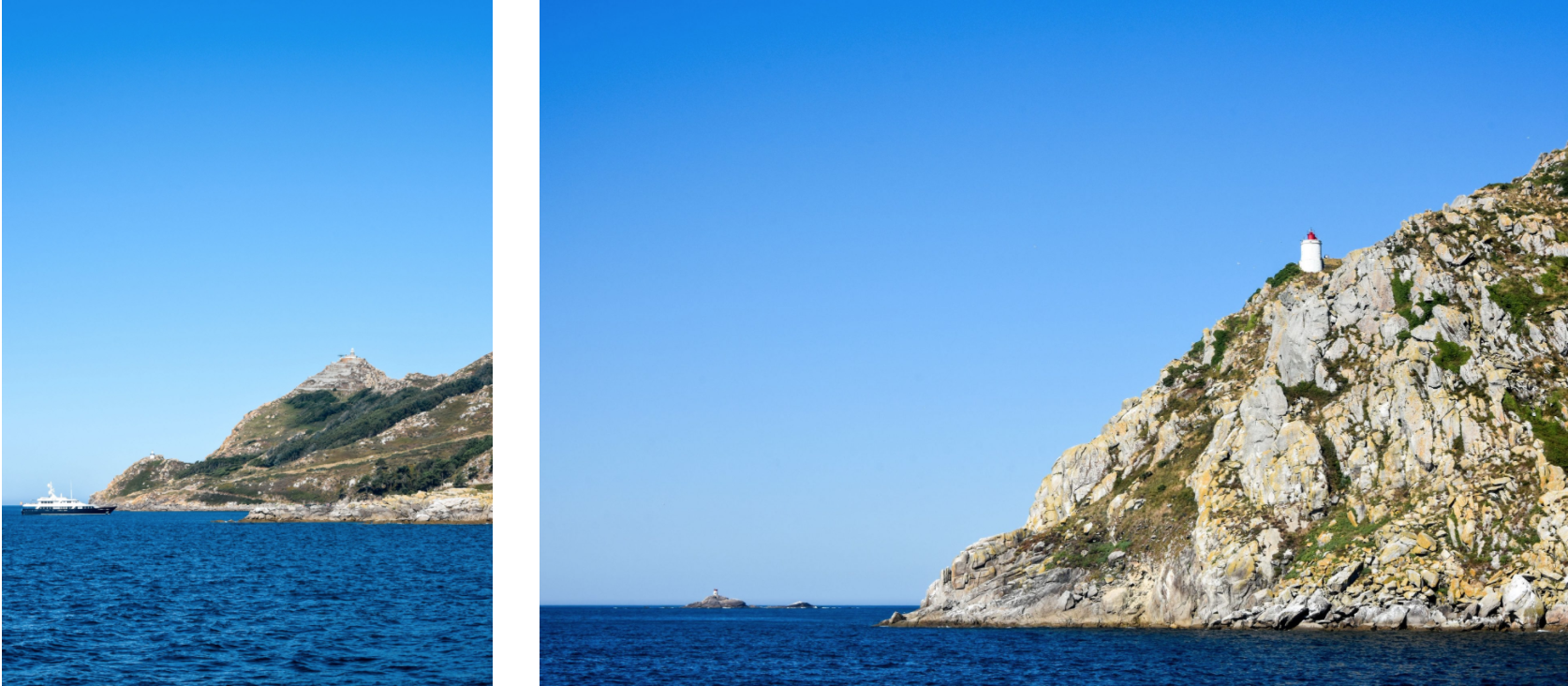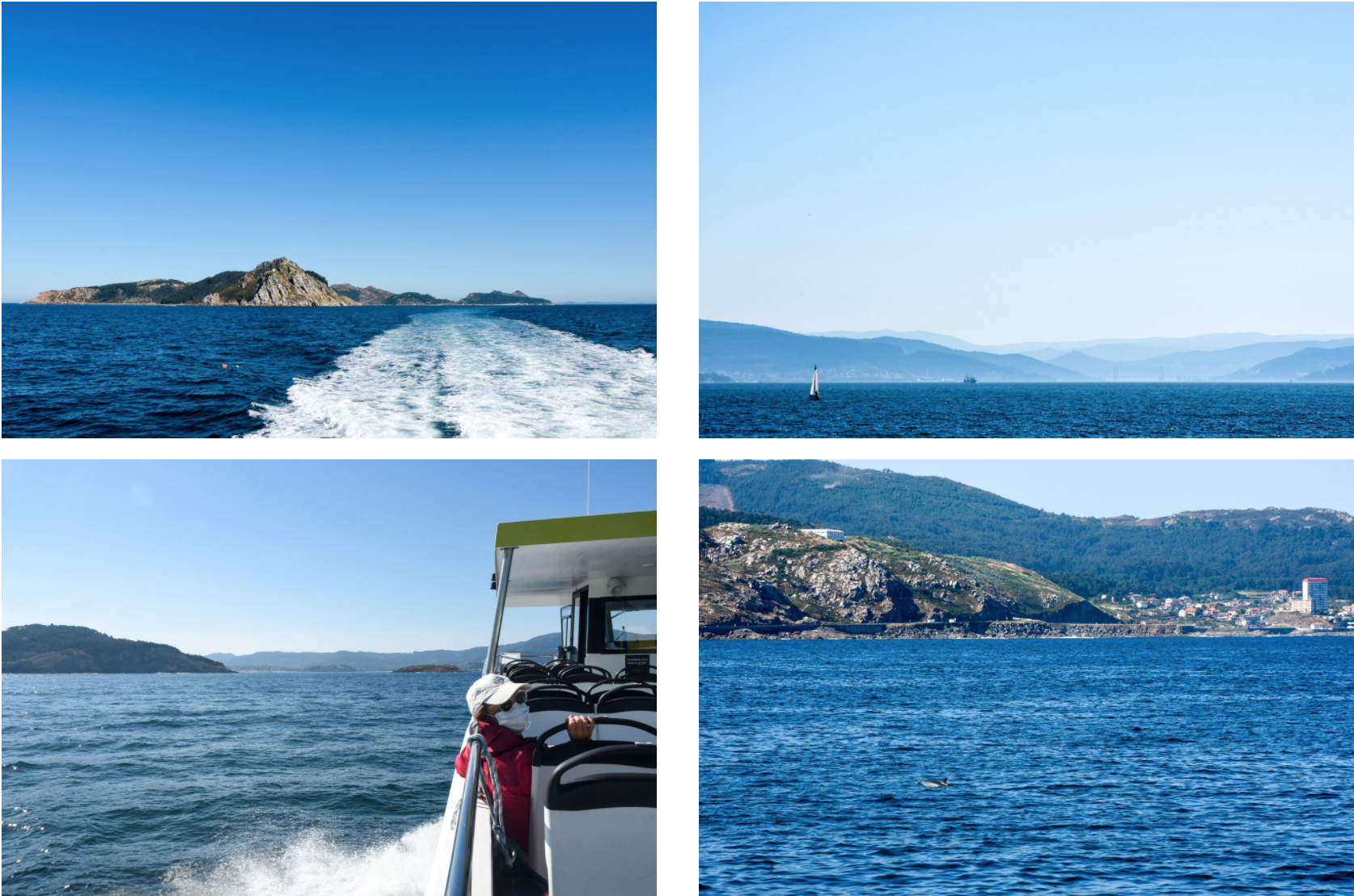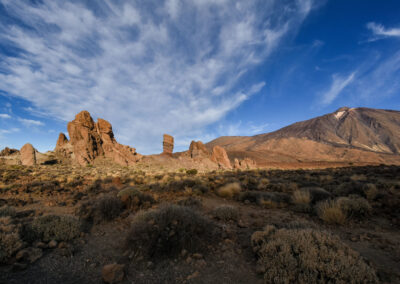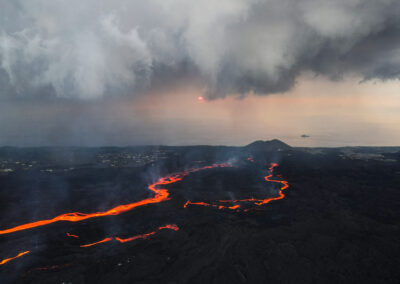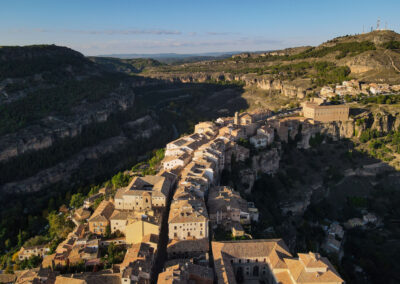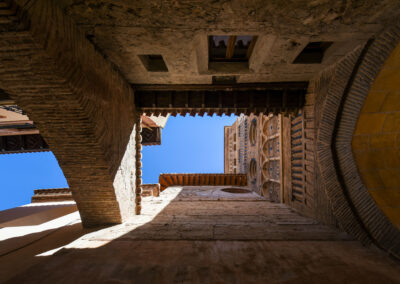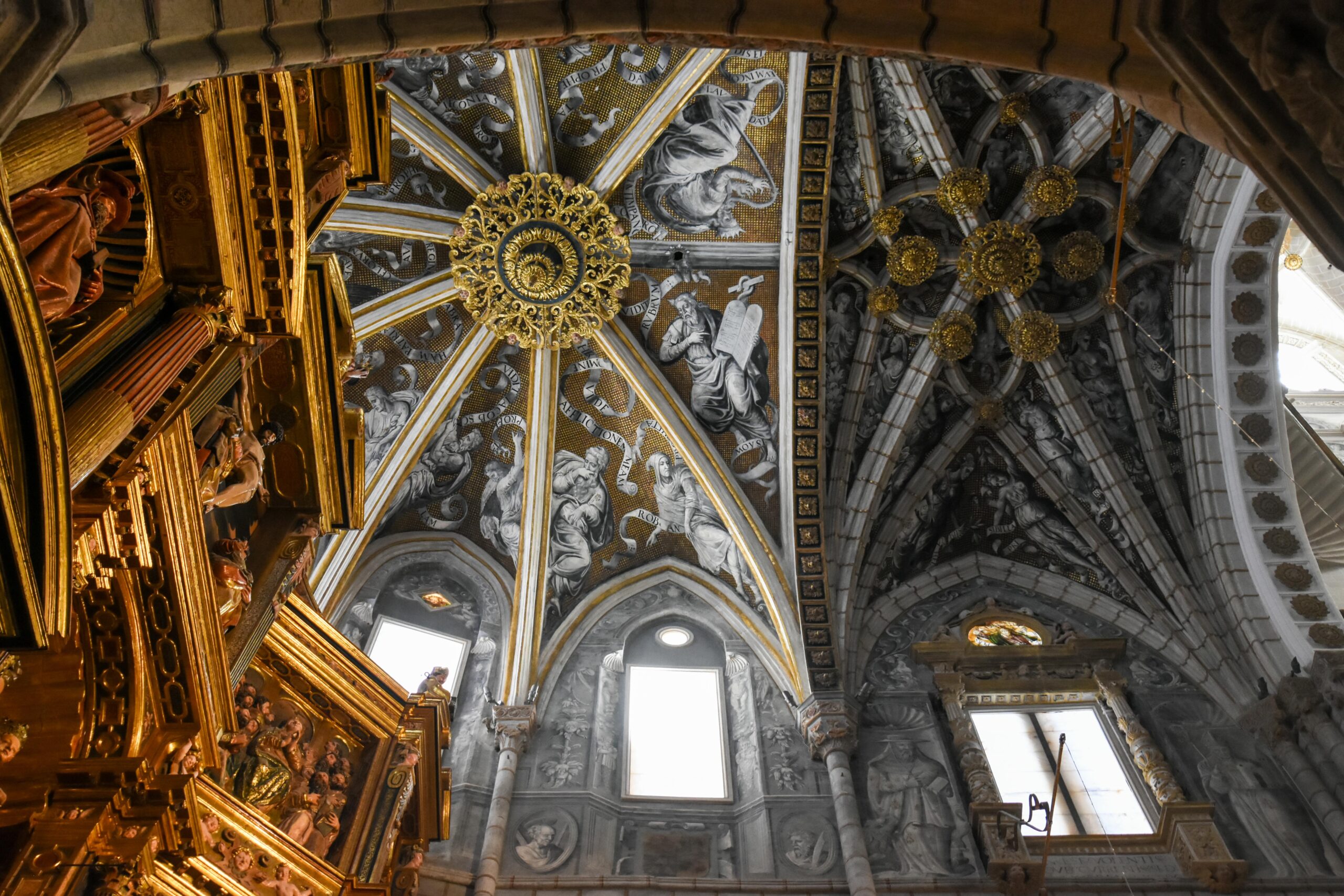I have been “missing” … In the last month I have not posted anything because I finally managed to return from Mexico, after more than three months closed at home without Iberia offering me a solution to return to Portugal. After a long flight to Madrid and a bus to Lisbon, which was almost stopped at the border, I’m home! Hence adapting to the new, slightly more open, reality in Lisbon, jet-lag, and meeting family, little time was left for other things. And then I went on holidays!
My mother had some time off and I, as you know, I’m on “forced vacations”, so I decided to join her plans. And what plans were these? To do the English Way to Santiago and then to spend two days in Cíes Islands. I’ll write to you about the Camino later, as I can’t wait to share with you this paradise in front of Vigo!
Cíes Islands are one of four archipelagos that form part of the Parque Nacional Marítimo Terrestre das Illas Atlánticas de Galicia (the other three being Ons, Salvora and Cortegada archipelagos). There are three islands that form Cíes: Monte Agudo, Faro and San Martiño, also known as the North, Middle and South Islands. The first two are interconnected by Rodas Beach, considered by The Guardian as the best beach in the world – perhaps if the water was not 15ºC -, and through a passage / bridge, built by Men, that forms a lake considered a natural aquarium.
It is to these two islands that ferries arrive, to the South Island it is only possible to reach by private boat. For those who are not lucky enough to have one, the only way to reach Cíes is from the ports of Vigo, Baiona or Cangas. There are three companies doing these journeys (Piratas de Nabia, Mar de Ons and Cruceros Rías Baixas) and tickets can be purchased online at each site and cost around 20€ roundtrip. The journey takes about 45 minutes. If you are coming directly from Portugal do not forget that the time zone in Spain is +1 hour.
To visit Islas Cíes, an authorization is also required, free of charge, from Xunta de Galicia as there is a daily control of the number of people visiting the islands (at this moment it is 800, probably because of the pandemic, but I have read elsewhere that it could reach 2000). Even to spend the night on your own boat, close to the islands, you need to ask for permission to anchor. Even for scuba diving you need an authorization!
It is possible to sleep on the island, in a camping site overlooking the lagoon, where you can rent tents with beds, up to 4 people, or you can take your own tent (half price, we opted for this option for two nights). This is the only accommodation available on the islands and a reservation is mandatory. The reservation already includes the authorization of the Xunta de Galicia, so in that case you don’t have to do that extra step. Please note that from the pier to the campsite we have to walk about one kilometer, so the less things you carry, the better.
We also took some food with us because we had read that there was only one restaurant on the islands and we thought it would be very expensive, but we were surprised! Inside the campsite there is a restaurant, cafeteria and supermarket and outside the campsite there are three more restaurants / cafeterias. Prices are also not prohibitive, a dinner for two – two dishes very well served, two local beers and a dessert to share – was around 25€. However, we saw some queues at lunchtime. There are also picnic tables all over the island – currently closed due to the coronavirus – so it could be nice to bring your own food. Please note that there are only garbage containers in restaurants, so it is best to take a bag to bring your garbage back to mainland.
.
.
Now telling the story of our visit to the Islands: we took the boat in Baiona on a Thursday at 11.15am (we opted for Baiona because it has fewer people and is closer to Portugal, but from Vigo there will be more departure times and although slightly further away, the time it takes from the border is the same). We came from Pontevedra and because we didn’t want to leave the car in a paid parking lot, since we were going to stay for 48hours, we ended up not having time to see the beautiful village by the sea, spending about 30 minutes looking for a place to park. At the port we exchanged our online reservations for the tickets and already lining for the ferry they asked for Xunta’s authorizations. I don’t know if it was because of the pandemic, or because people were already used to the route, I was one of the few outside taking pictures. On the way we passed other islets, the Estelas. As the view was only from the bow, since the upper deck was full, the view to the destination was not the best. But the arrival at that Rodas Beach, with white sand and turquoise water, still with few people, is the best reception you can have!
.
.
We then walked to the campsite, crossing the “bridge” and immediately marveling at the amount of fish in the lagoon. We set up the tent, not that easy, as the islands are quite windy, and we decided to go for a picnic at the beach. We looked at the map and saw that Bolos Beach, the southern tip of Rodas Beach, could be more sheltered since it has a rock, Ponta das Vellas, to protect it from the north wind. We really had to go to the cliff to eat, because we couldn’t handle the wind any other way – by the way, taking a windbreaker is mandatory!
.
.
We then decided to go to Figueiras beach, a beach more sheltered from the wind and where nudism is allowed, although nudists are mostly at the bottom of the beach. After a nap (after all we are in Spain) we decided to go for a walk – in fact all there is to do on the islands is to go to the beach or go hiking.
In Cíes Islands there are four trails, two on the North Island and two on the Middle Island. Since we were already at Figueiras beach, on the North Island, we immediately decided to take the hike to Faro do Peito, which has a detour for bird watching, which is where you have the best view of the route, to Monte Agudo and the Ons archipelago. The other trail is a deviation of 750m each way, from the first trail, which reaches Alto do Príncipe, the only accessible point where it is possible to see the connection between the two islands from above. When I say accessible it is because it is not allowed to leave the tracks, as the island actually belongs to the seagulls and not to us. (Un)fortunately we visited the islands too close to the solstice, so the sun only set at around 10:15pm, which made it difficult to be up there at that hour. We went back to the campsite, where we had dinner and went to sleep, as the next day we were waking up early to see the sunrise.
.
.
The next day we woke up just before 7am to see the sunrise. The advantage of Spain not having the correct time zone allows us to sleep a bit more, as the sun only appears at 7:15am. We then went to Rodas Beach to wait for it. It is always wonderful to see the sun calmly appear! I decided to do the whole beach on foot, while my mother returned to the tent to sleep some more. Before 8am I had already walked 3,5km, not bad to start the day!
When my mother finally woke up, we calmly ate breakfast and decided to go back to Figueiras Beach, this time to the north tip, where it is really sheltered from the wind. Still, this second day was a lot milder! Less wind, more heat and less people, according to lifeguards who made me a bandage so I could walk freely on the sand – for those who don’t follow my Instagram, the day before I left for the trip I hit my pinky so hard that I broke my nail in half and cut part of my toe… The beach was indeed fabulous, although the water never stopped being cold, and we only left there because we wanted to do the other two trails, those on the Middle island.
.
.
We decided to start with Faro da Porta trail, the easiest. Although the panoramic view of the islands from Alto do Príncipe, of the previous day, is unbeatable, the trails of the Middle island are more scenic throughout the route. They both start at the foot of San Martiño beach, which is also super beautiful, but because it is narrow, it was too crowded for our taste. The trail goes always by the sea, with a constant view to the South Island, it passes through a pier where the garbage collection boat will pass and where several sailboats and yachts can anchor and it then arrives at the first lighthouse on this island. The second, Faro de Cíes, where we were going next, is right above us, at 175m altitude.
.
.
There is a shortcut between the two trails, but unfortunately it is closed during spring / summer as it is a nesting area for seagulls, so we had to return to San Martiño beach to start climbing to the other Lighthouse. Seeing Faro da Porta, down there, going up towards Faro de Cíes, makes us think that the first trail “is for little boys”. The trail is not overly demanding and the slope is never too steep, but it is still a big climb! The final part of the route is a zigzag of several turns until reaching the summit from where you can see the South island, the Galician coast to the south, Vigo, the islands of Ons and part of the North island. There, of course, there is a lot of wind again. Also on this trail there is a small deviation of 300m to Pedra da Campá, a stone with two holes, like a window, where the sunset can be seen later.
.
.
We went back to the campsite, took a shower (daily we are entitled to 3 minutes of hot water and then you can pay for more time if needed) and when we were going to have dinner we noticed that there were a lot of people on the “bridge” between the two islands and we realized that the sun was setting in 15min! What better thing could we do than going and watch it? And it took so long! I don’t think I’ve ever seen such a slow sunset! Is it because we are further north? Does anyone know how to explain this phenomenon? From the photo bellow, until it disappeared completely it took 3 minutes!
.
.
The next day we woke up at 8am because the ferry back to Baiona was at 10:30am and we still had to pack everything, have breakfast and dismantle the tent. On one hand, we were very sorry to leave because it seemed that the day was going to be amazing – zero wind and a very pleasant temperature. On the other hand, it was Saturday and if we noticed the increase in the number of people the night before, at the campsite, while we waited for the boat we realized that on that day the island was going to be at its maximum capacity! We said goodbye to the fish in the “aquarium” and the two of us and another couple went back to Baiona – yes, only 4 people plus the crew, advantages of returning on a Saturday morning!
On the way we saw the whole island, the various trails we walked, the anchored boats that we had seen arriving the day before and the South island. We also had a brief visit from a dolphin! The crew said there were four, but both my mother and I saw only one… And that ended our week in Galicia!
.
If you liked this post and want to read more about my trips to Spain, you can visit the following posts:

